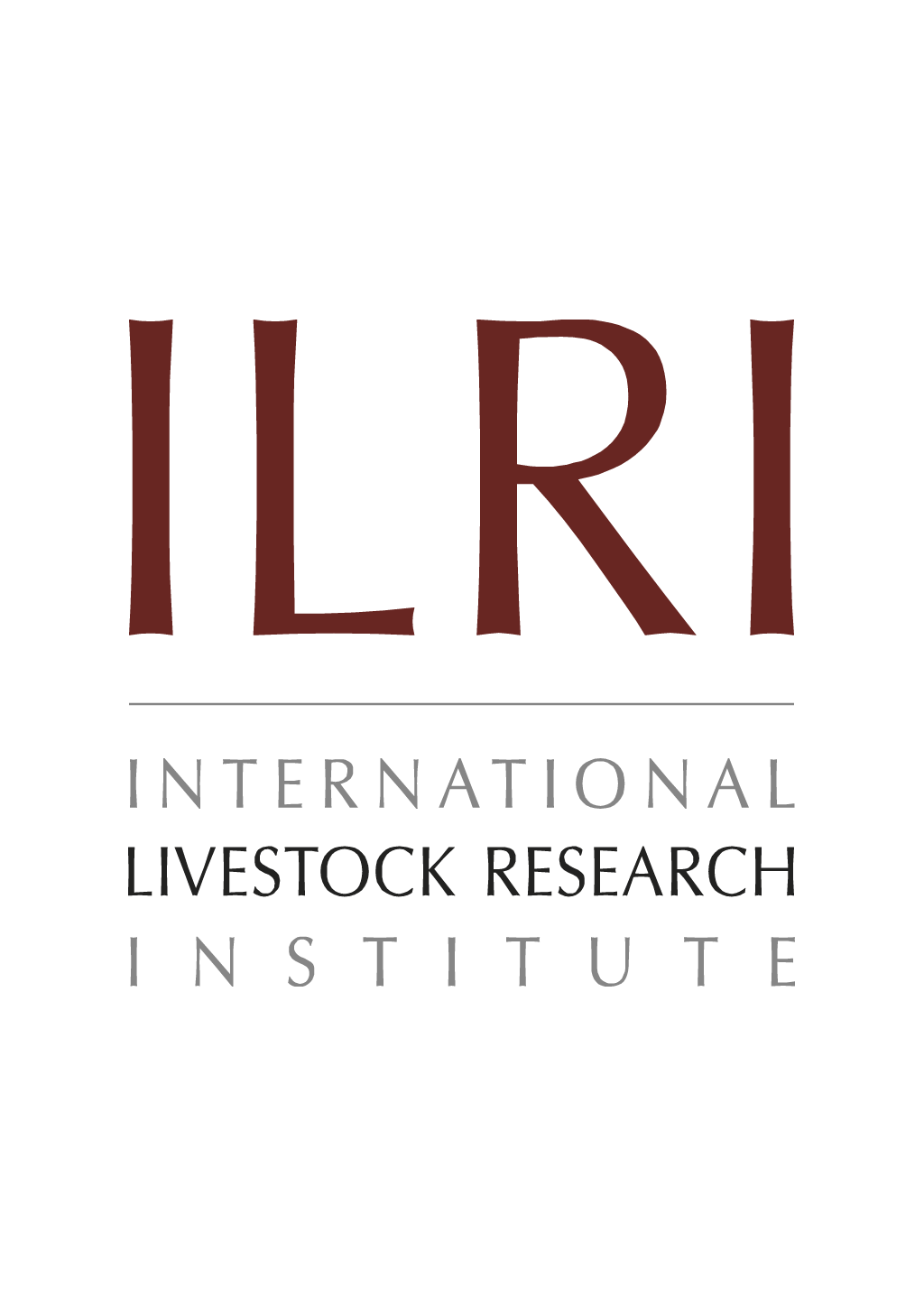
The application of PCR-ELISA to the detection of Trypanosoma brucei and T. vivax infections in livestock
Abstract
Teneral tsetse flies infected with either Trvpanosoma brucei or T. vivax were fed on healthy cattle. Blood samples collected daily from the cattle were examined by microscopy for the presence of trypanosomes, in thick smear, thin smear and in the buffy coat (BC). All the cattle fed upon by infected tsetse developed a fluctuating parasitaemia. DNA was extracted from the blood of these cattle and subjected to polymerase chain reaction (PCR) using oligonucleotide primers specific for T. brucei or T. vivax. The PCR products unique to either T. brucei or T. vivax were identified following amplification of DNA from the blood samples of infected cattle, whereas none was detectable in the DNA from the blood of the cattle exposed to non-infected teneral tsetse. In a concurrent set of experiments, one of the oligonucleotide primers in each pair was biotinylated for use in PCR-ELISA to examine all the blood samples with this assay. Both the PCR and the PCR-ELISA revealed trypanosome DNA in 85% of blood samples serially collected from the cattle experimentally infected with T. brucei. In contrast, the parasitological assays showed trypanosomes in only 21% of the samples. In the blood samples from cattle experimentally infected with T. vivax, PCR and PCR-ELISA revealed trypanosome DNA in 93 and 94%, respectively. Microscopy revealed parasites in only 63% of the BCs prepared from these cattle. Neither PCR nor PCR-ELISA detected any trypanosome DNA in blood samples collected from the animals in the trypanosome-free areas. However, both assays revealed the presence of trypanosome DNA in a number of blood samples from cattle in trypanosomosis-endemic areas.
Citation
Veterinary Parasitology;105(3): 179-189




